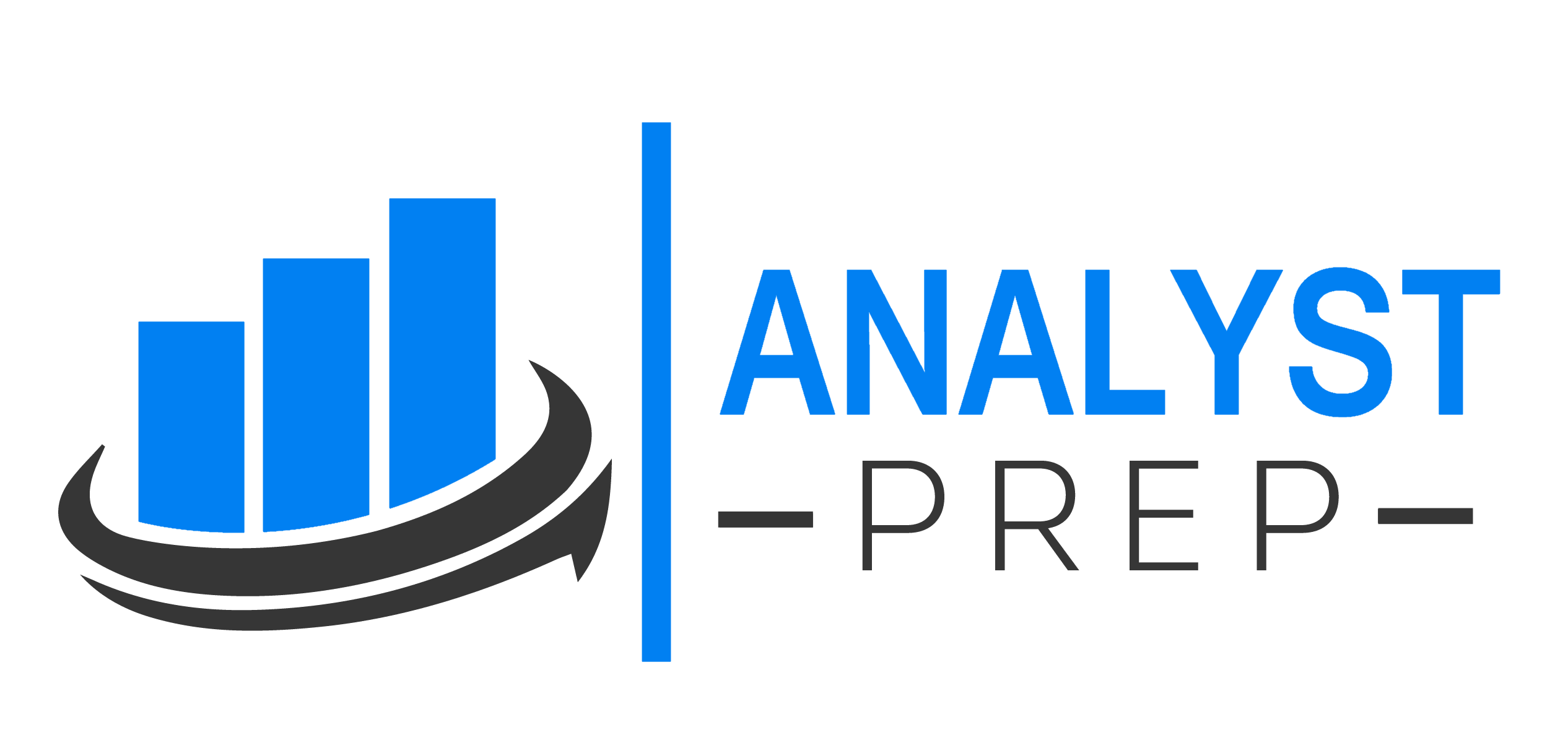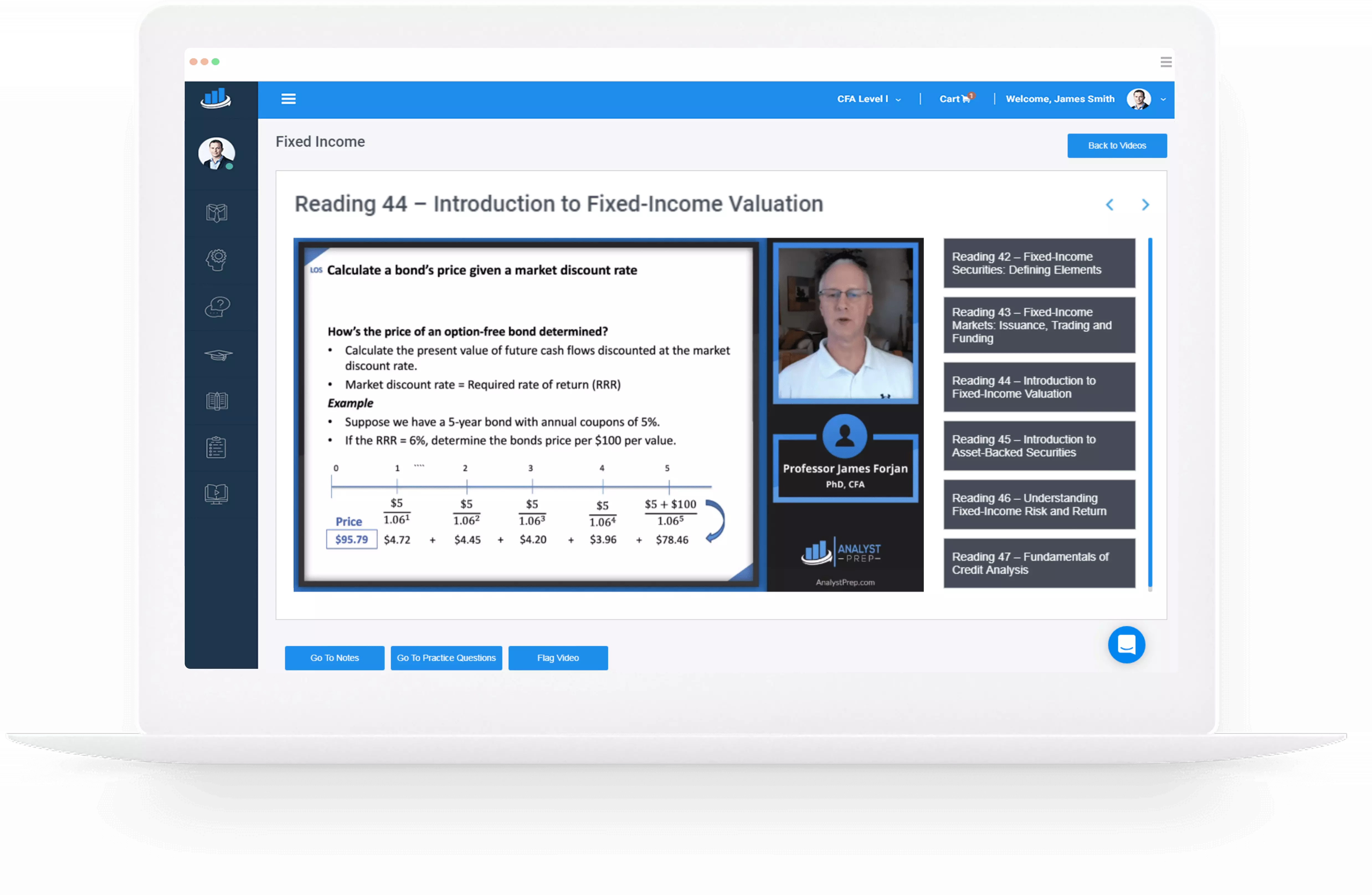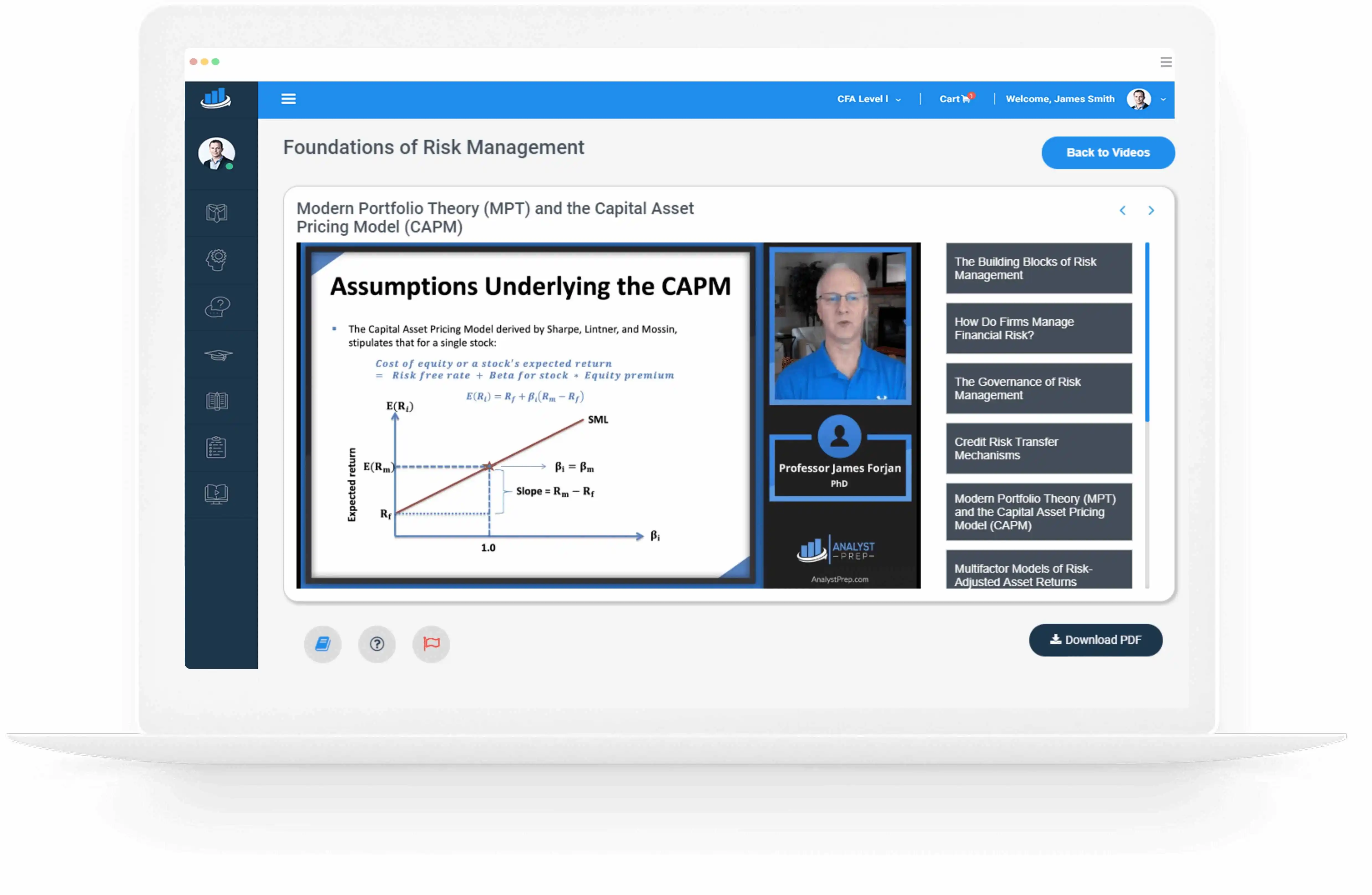Collateralized Debt Obligations
Collateralized Debt Obligations (CDOs) are financial instruments issuing securities backed by diversified debt pools. These diversified pools can include corporate bonds, emerging market bonds, leveraged bank loans, and even other CDOs. Among them, the most common are Collateralized Loan Obligations…
Non-mortgage Asset-backed Securities
Non-mortgage asset-backed securities (ABS) encompass financial instruments collateralized by various non-mortgage assets. These include auto loans, credit card receivables, and personal loans. Amortizing vs. Non-Amortizing ABS Amortizing ABS is secured by loans like residential mortgages and auto loans, where periodic…
ABS Structures to Address Credit Risk
ABS inherently carries a high credit risk primarily due to the possibility of underlying borrowers defaulting on their obligations. This can significantly affect the returns for ABS holders. Therefore, structures within ABS are designed to address and mitigate these risks….
Covered Bonds
Covered bonds are priority debt instruments, meaning they have a higher claim on the issuing financial institution’s assets or income in case of liquidation. These bonds are unique because a separate pool of high-quality assets backs them. Typically, the assets…
The Securitization Process
Securitization is the financial practice of pooling various types of contractual debt like auto loans and selling their related cash flows to third party investors as securities, which are typically characteristic of a blend of both bonds and stocks. It…
Benefits of Securitization
Securitization is a method that encompasses the pooling and transferring of the ownership of assets that generate cash flow, such as loans or receivables, to a special legal entity. This entity then offers securities, which are underpinned by these assets,…
Seniority Rankings, Recovery Rates, and Credit Ratings
Debt seniority is the system that determines the priority of payment when a company defaults. Debt obligations vary in seniority. Some companies have simple capital structures, while others, especially those in industries impacted by regulations or acquisitions, have complex debt…
Financial Ratios in Corporate Credit Analysis
Financial ratios derived from quantitative factors enable credit analysts to gauge a company’s financial health, spot trends, and conduct comparisons within and across sectors. The focus is primarily on three critical areas: profitability, coverage, and leverage. Profitability Ratios EBIT Margin…
Assessing Corporate Creditworthiness
Creditworthiness of a Company The main factor in assessing a company’s creditworthiness is its capacity to generate profits and cash flow adequate to fulfill its interest and principal obligations. This is a crucial aspect of a company’s financial health and…
Sovereign and Non-sovereign Government Debt
Sovereign and non-sovereign entities use debt issuance to finance their operations. In contrast to corporate bonds, these debts are utilized for fiscal projects and to meet budgetary needs. These needs may encompass essential public services such as transportation infrastructure, healthcare…




